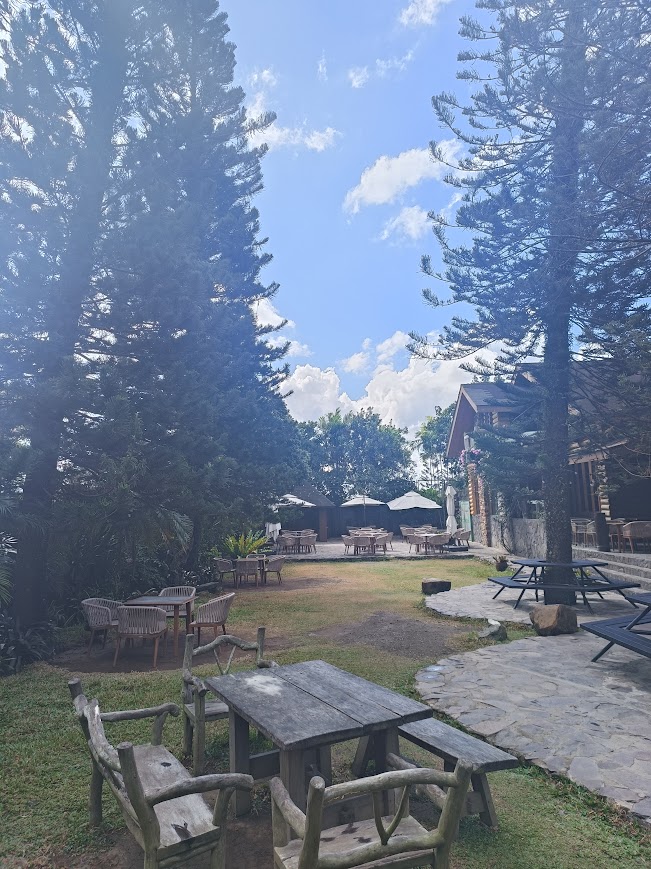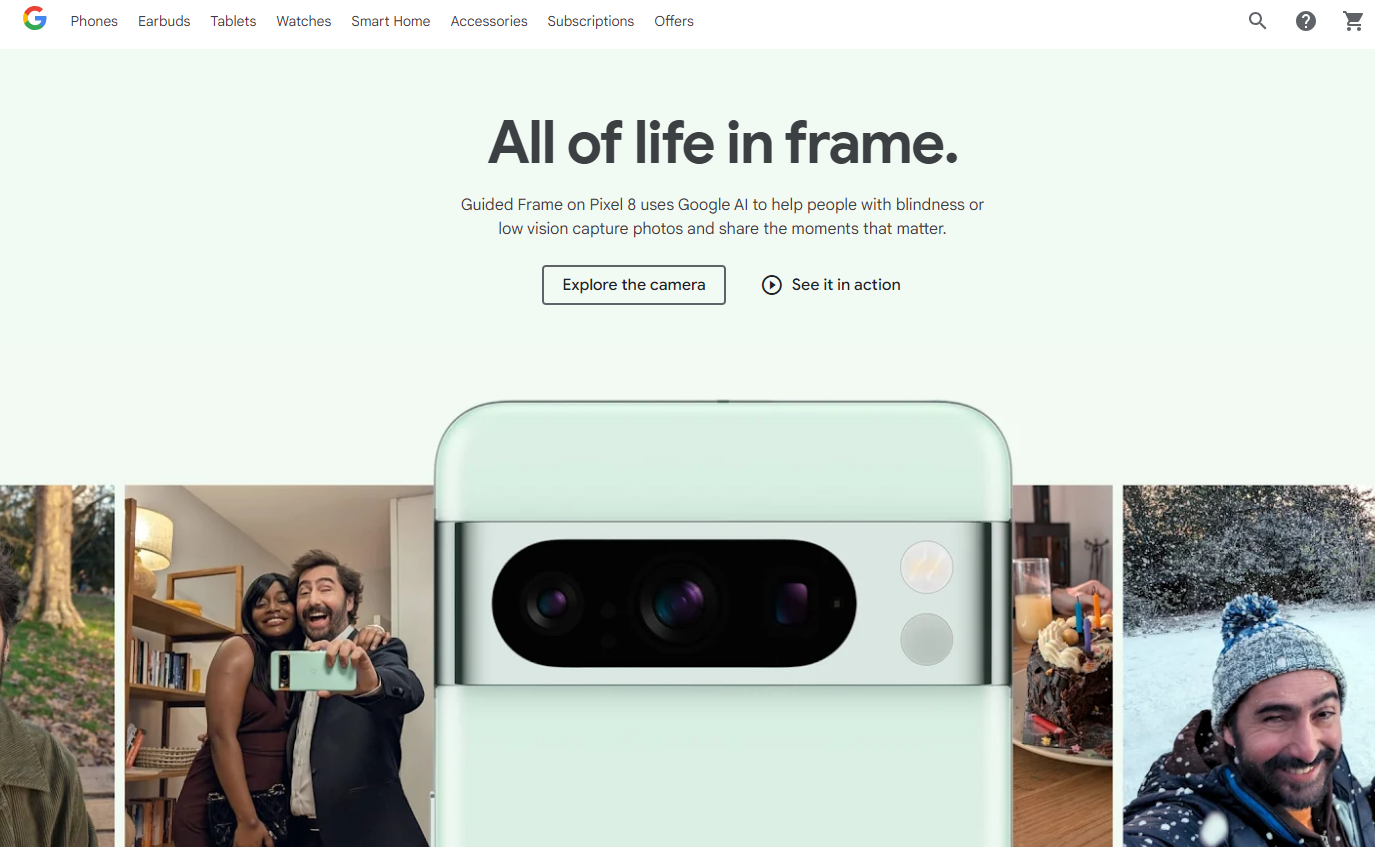I’ve witnessed how smartphone cameras have taken center stage as technology flourishes. One of the buzzwords surrounding phone photography is megapixels. But what do megapixels really mean, and how do they affect the outcome of our photographs?
Table of Contents
Understanding Megapixels
When we talk about megapixels, we’re essentially referring to the resolution of a camera’s sensor. It’s the number of tiny dots that make up the image we capture. The more megapixels a camera has, the more detail it’s able to capture.
You’ll notice what difference a megapixel count can make when you need to crop or zoom into a photo. However, there can be a misconception of focusing solely on megapixels. Other factors such as sensor size and pixel quality also play crucial roles in the image quality.
How Megapixels Affect Image Quality
Diving deeper into megapixels, I’ve found that megapixels indeed play a significant role in determining image quality. This has been evident in my own photographs, especially when I’ve needed to crop or enlarge photos without sacrificing quality.
Having more megapixels at my disposal allows me to preserve the integrity of the image even after significant edits or enlargements. I started photography equipped just with an android phone. As I established a clear understanding of photography fundamentals (lighting, composition, exposure triangle, etc.), I looked into getting a mirrorless camera. Needless to say, the results speak for themselves. Having more megapixels at my disposal allows me to preserve the integrity of the image even after significant edits or enlargements.
However, it’s essential to recognize that the relationship between megapixels and image quality isn’t as straightforward as it may seem. It’s not just about cramming more megapixels into a camera sensor; other factors come into play as well.
Sensor Size
One of the critical factors to consider is sensor size. I found that a larger sensor accommodates more megapixels without sacrificing image quality. This is because a larger sensor allows for better light capture. This results in sharper images with less noise, even at higher megapixel counts.
Pixel Quality
Additionally, the quality of individual pixels also plays a crucial role in determining overall image quality. Cameras with larger, high-quality pixels tend to produce better results, even with fewer megapixels. These larger pixels capture more light, resulting in improved dynamic range and better low-light performance.
Image Processing
Moreover, the role of image processing cannot be overlooked. In my experience, advanced image processing algorithms can compensate for any shortcomings in megapixel count, sensor size, or pixel quality. Features like noise reduction, sharpening, and color reproduction can significantly impact the final image quality, often outweighing the importance of sheer megapixel count alone.


Evolution of Megapixels in Phone Cameras
Reflecting on the evolution of megapixels in phone cameras, it’s remarkable how far we’ve come. I remember how low the MP counts of old phones used to be. All the images are pixelated and grainy at best. I could only imagine how frustrating it is to try and capture a clear and detailed image with those phones!
Back then, it was common to snap a photo using your phone and have low quality photos. Those low megapixel counts meant everyday photos were lackluster and will probably receive no reactions on social media.
However, as technology advanced, there came a rise to the most accessible photography niche – phone photography. One of the most notable advancements was the gradual increase in megapixel counts. it’s a surprise how extremely capable phones are in taking great photos.
As manufacturers recognized the growing demand for better image quality, they began incorporating higher megapixel sensors into their phone cameras. This shift paved the way for a new era of smartphone photography, where users could capture sharper, more detailed images directly from their mobile devices.
I’ve seen firsthand how these advancements transformed the way we capture and share moments. Today, flagship smartphones boast camera systems with staggering megapixel counts, surpassing even old dedicated digital cameras in terms of resolution.
Advancements in Megapixel Technology
Today, flagship smartphones proudly release camera systems boasting upwards of 100 megapixels. They really pushed the boundaries of what was once thought possible in mobile photography.
The leap from single-digit megapixel counts to triple-digit resolutions represents a monumental achievement in the field of imaging technology. With smartphones now equipped with such high megapixel counts, anyone can capture images with unprecedented levels of detail and clarity.
I’ve been amazed by the level of detail and fidelity that can be achieved with modern smartphone cameras. These high-resolution images open up a world of possibilities for post-processing and editing. From cropping and resizing to enhancing details and colors, the abundance of pixels provides photographers with ample room for creative expression and experimentation.
Real-World Examples

In smartphone photography, the Google Pixel series stands out for its exceptional camera performance despite having lower megapixel counts. This is attributed to Google’s focus on software optimization and computational photography techniques, which demonstrate that megapixels aren’t the sole determinant of camera quality.
Google’s Pixel phones leverage advanced algorithms and machine learning to enhance image quality. Features like HDR+, Night Sight, and Super Res Zoom showcase the effectiveness of these optimizations. Night Sight, for instance, allows users to capture detailed low-light photos without flash, while Super Res Zoom produces sharp zoomed-in images without a telephoto lens.
These examples illustrate that with the right software optimizations, megapixel count becomes less crucial. The Pixel series showcases how effective software can significantly enhance camera performance, highlighting the importance of looking beyond megapixels when evaluating smartphone cameras.
Choosing the Right Megapixels for Your Needs

When selecting a smartphone based on megapixels, it’s essential to consider your specific photography needs. Ultimately, choose a camera that empowers you to express yourself creatively and capture the moments that matter most to you. As a photographer,having the right tools at my disposal can make all the difference in achieving stunning results and bringing my vision to life.
Everyday Photography
For casual snapshots and social media sharing, a camera with moderate megapixels (between 12-16MP) is more than sufficient.
I’ve found that moderate megapixel counts are ideal for everyday scenarios where convenience and ease of use are paramount. Whether you’re capturing a spontaneous moment with friends or snapping a gorgeous scene during your travels, a camera with moderate MP is capable enough without the unnecessarily large file sizes.
Professional Photography
On the other hand, for photography enthusiasts or professionals seeking to achieve the highest level of image quality and flexibility in post-processing, opting for a phone with a higher megapixel count (20MP and above) is advisable. In my experience, these cameras offer maximum detail and resolution, providing ample room for cropping, resizing, and extensive editing without sacrificing quality.
For professional photographers, having a higher megapixel count opens up a world of possibilities in terms of print quality and post-processing capabilities. Whether you’re shooting portraits, landscapes, or commercial projects, having access to ultra-high-resolution images ensures that every detail is captured with precision and clarity.
Tips for Maximizing Megapixels


Maximizing the potential of your phone’s megapixels is key to capturing stunning photographs. One essential tip is to prioritize proper lighting and composition. Natural light, especially during the golden hours of sunrise and sunset, can work wonders in enhancing detail and minimizing noise in your photos.
In my experience, I’ve found that shooting in natural light not only brings out the true colors and textures of the subject but also helps to avoid harsh shadows and overexposure. When composing your shot, consider the rule of thirds and other basic composition principles of photography to create visually engaging images.
Additionally, don’t be afraid to experiment with different shooting modes and settings on your phone. Many smartphones offer a variety of advanced features such as manual controls, HDR, and portrait mode, which can help you maximize the potential of your phone’s megapixels in various shooting scenarios.
Lastly, don’t underestimate the power of post-processing. Even with the best lighting and composition, there may still be room for improvement in your photos. Experiment with editing apps to fine-tune exposure, contrast, and color balance, ensuring that every pixel captured by your phone’s camera shines.
Conclusion
While megapixels play a crucial role in phone photography, they’re just one piece of the puzzle. Understanding how megapixels interact with other factors like sensor size, pixel quality, and software optimization is key to capturing stunning images with your smartphone. By considering your specific photography needs and following best practices, you can make the most of your phone’s camera capabilities, regardless of its megapixel count.
FAQs (Frequently Asked Questions)
1. Do more megapixels always mean better photo quality?
Not necessarily. While higher megapixel counts can offer more detail, factors like sensor size and image processing also influence overall image quality.
2. What’s the ideal megapixel count for casual photography?
For everyday snapshots and social media sharing, a camera with around 12-16 megapixels is generally sufficient.
3. Can I print large-format photos with a lower megapixel camera?
Yes, you can still print large-format photos with lower megapixel cameras, but the quality may not be as high as those captured with higher megapixel cameras.
4. Do all smartphones with high megapixel counts produce excellent photos?
Not necessarily. While megapixels are important, factors like lens quality, sensor size, and image processing software also play crucial roles in determining photo quality.
5. Are there any disadvantages to higher megapixel counts?
Higher megapixel counts can result in larger file sizes, which may consume more storage space on your device. Additionally, they may require more processing power for editing and sharing.
Afterword
We hope that you find this article helpful. Thank you for reading and you’re always free to leave a comment. If you find this article interesting, consider checking out one of our recently published posts. A few of them showcase advancements in technology such as AI Art Generators. On the other hand, if you’re looking towards Photography, we also offer great articles for your inspiration. We also have multiple articles that talk about the various printing mediums for wall art. May these articles give you inspiration for your next print!
Find them here:
Discover the Secret to High-quality Canvas Prints
The 9 Best Canvas Print Companies in 2023
Acrylic Prints: Add Vibrance to Any Space
The Top Food Photography Trends to Try Now
The Ultimate Guide to Continuous Lighting for Photography
Stable Diffusion Tips and Tricks
Best AI Art Generator for Android Phones 2023
We enjoy reading your comments and insights with our posts! Should you have any questions or concerns, feel free to leave them below! -Mark

